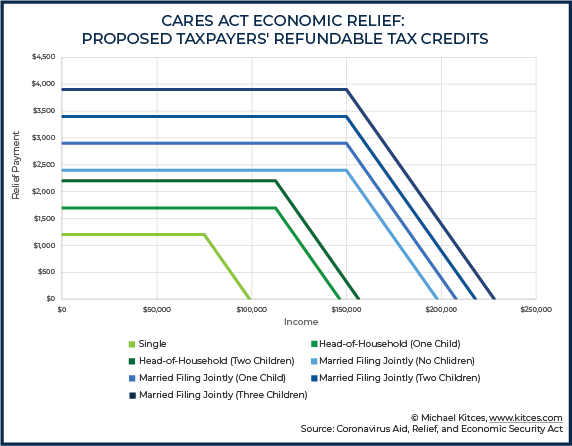When it comes to inheritance, it is vital that a parent transfer wisdom before they ever consider transferring wealth. Most children learn the ins and outs of responsible wealth-building from their parents. And most of this through watching. But as kids grow, simple conversations about saving and spending often branch out into investing, compounding, and comprehensive Life-Centered Planning. But no matter how many good financial habits your children have learned by adulthood, they could still be unprepared for their role in your legacy plan.
Talking to your adult children about inheriting your wealth might be awkward at first. But if you work through this six-part framework you’ll all feel better about your wishes, your kids’ responsibilities, and your family’s Return on Life.
Review your estate plan.
While you’re still around to change it, your estate plan is never set in stone. Every year, sit down with your financial advisor and attorney to make sure you’re still happy with your beneficiaries, your health care directives, and the allocation of your assets. You’re under no obligation to share every aspect of your finances and health with your children. But the more you tell them about your legacy plan now, the easier it will be for them to care for you and settle your affairs when the time comes.
Consider the impact on your heirs.
Money impacts different people very differently. Inheriting a portion of your legacy could be life-changing for one of your children. Another might not experience much of a change at all. Encourage your children to put together their own team of financial, tax, and legal professionals who will help them make the best use of their inheritance with the least amount of hassle. If you currently work with our firm, we are always happy to meet with your kids at any point. When we work with a family, we consider all generations a client of our firm.
Promote responsible behavior.
Keep in mind that money is a poor tool to fix problems…it is, however, incredibly efficient at exposing problems that were already there. You may feel like you have no choice but to leave some of your wealth to an adult child who doesn’t have the best financial habits. However, it is possible to establish guardrails, such as a family trust that releases money under certain conditions that you establish in your legacy plan.
Even the most responsible children might not be capable of managing a company, real estate, or an art collection. Talk to your children about how their abilities and goals fit with how you want more complicated assets to be managed.
Consider transferring some of your wealth during your lifetime.
Transferring money to the next generation could have a couple of different benefits. First, when you give funds to your kids during your lifetime, you get the enjoyment of seeing them actually benefit from the gift. Second, it can be used as a teaching tool. Learning how to make wise decisions with a smaller amount will prepare your kids for handling a much larger amount in the future. Better to make mistakes and learn when there are fewer ‘zeros’ involved.
Set realistic expectations.
Your children likely have ideas about your wealth and expectations for what they will inherit. Have an honest conversation that will help them recalibrate those expectations properly. You don’t want your kids to plan for a life of luxury that you won’t be leaving to them. But if they’re set to inherit more than they realize, you also don’t want them planning for a too-frugal future lacking certain experiences and comforts.
Shore up your plan.
By now you have identified some strengths and weaknesses in both your legacy plan and your children’s financial skills. Use this information to plan for improvements. Talk to your financial team about vehicles that can protect certain assets and encourage responsible stewardship. Assign a professional executor who will oversee your estate. Work with your children on a plan to develop the knowledge and skills they’ll need to manage more complicated assets. Identify potential mentors whom you can trust to guide your children after you’re gone.
Clarify your intentions.
Sometimes the assets in an estate plan get in the way of the real purpose of the estate plan. You aren’t just passing on stuff, you’re passing on values, experiences, and the means to do more with money than just have more money.
Tell your children what you hope they’ll do with your legacy, not just to make their own lives better but to make life better for their own families, friends, and communities. If you’ve made choices in your legacy plan that might be difficult for your kids to accept, explain your reasoning and your intentions. If you can’t reach a place of agreement, at least try to reach a place of understanding and mutual respect.
And if you need help facilitating these conversations, consider bringing your children into our office for a family meeting. We’re always happy to help families prepare for legacy events that preserve and respect what matters most.






